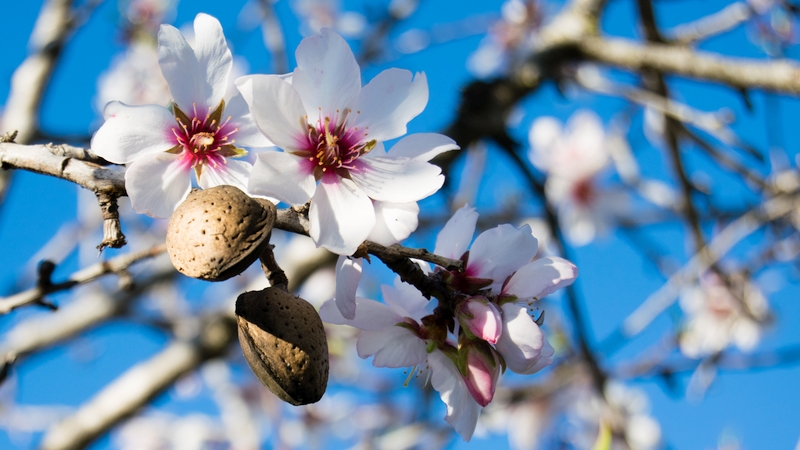Cucurbit Disease Control

Growers of cucurbits need to be aware of what is lurking in their cucurbit fields. What follows is a brief description of symptoms of a few key diseases affecting these crops, which includes pumpkins, squash, melons, and others.
Downy mildew: In recent years, downy mildew has become a significant problem. Symptoms include irregular, yellow spots which develop on the upper leaf surface of the crops. These lesions cause leaves to turn from yellow to brown, often resulting in a scorched appearance in a few days if left untreated. Diagnostic characteristics of downy mildew are the purplish-brown spores which develop on the bottom side of infected leaves. Spores can easily be seen with a 10x hand lens.
Control of downy mildew begins with the early recognition of symptom development and preventive fungicide sprays. Fungicide resistance to downy mildew has been reported and there is some evidence that a new race of the pathogen may be present in the U.S. Since fungicide resistance to other important cucurbit diseases, such as powdery mildew and gummy stem blight, already exist, proper fungicide rotations must be followed.
Powdery mildew: This is an important foliar diseases of cucurbits in the north. Symptoms of powdery mildew include white “fluffy” colonies which develop on upper and lower leaf surfaces, vines, and handles of fruit. Control of powdery mildew begins with planting powdery mildew resistant/tolerant cultivars and early detection of symptoms along with preventive fungicide maintenance programs.
Fusarium Fruit Rot: A soil-borne disease, Fusarium fruit rot is often a problem in fields which have been in continual cucurbit production or with little rotation. Symptoms caused by Fusarium fruit rot include reddish-purple circular lesions with tannish or white centers which develop on the belly side of the fruit, which is in direct contact with the soil. Symptoms often go unnoticed until harvest.
Control of Fusarium fruit rot begins with a proper crop rotation of at least three to four years. Unfortunately, fungicide applications will not give adequate control due to the difficulty of getting proper coverage. Cover crop mulches such as winter rye, killed and left on the soil surface, have been shown to reduce Fusarium fruit rot development by keeping fruit from
direct contact with the soil.









